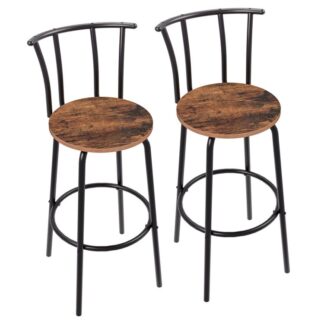Home furniture is a broad concept that covers all kinds of appliances and equipment used in human life, designed to meet people’s needs for living, working, resting and entertaining. Here’s a detailed breakdown of home furniture:
Definition and classification of furniture
- Definitions:
- Furniture in a broad sense refers to a type of utensils that are indispensable for human beings to maintain normal life, engage in production practices and carry out social activities.
- Furniture in the narrow sense refers to a type of utensils that are used for people to sit, lie down, or support and store items in life, work or social practice.
- Classification:
- Classification by style: modern furniture, post-modern furniture, European classical furniture, industrial style furniture, American furniture, Chinese classical furniture, neo-classical furniture, new decorative furniture, Korean pastoral furniture, Eastern Mediterranean furniture, etc.
- Classified by materials: jade furniture, solid wood furniture, panel furniture, soft furniture, rattan furniture, bamboo furniture, metal furniture, steel and wood furniture, as well as glass, marble, ceramics, inorganic minerals, fiber fabrics, resins and other material combinations of furniture.
- Classified by function: office furniture, outdoor furniture, living room furniture (such as sofas, coffee tables), bedroom furniture (such as beds, wardrobes), study furniture (such as desks, bookshelves), dining room furniture (such as dining tables, dining chairs), bathroom furniture, kitchen and bathroom furniture, etc.
- Classified by structure: complete furniture, disassembled furniture, folding furniture, modular furniture, wall furniture, hanging furniture, etc.
- Classified according to the modeling effect: ordinary furniture, art furniture.
- Classified by grade: high-grade, medium-high-end, mid-range, low-middle, low-grade, low-grade. This is mainly divided according to factors such as the price, material, and process of the product.
Furniture buying skills
When shopping for furniture, consumers need to pay attention to the following points:
- Material selection: check whether the materials of the furniture are reasonable, such as the legs of tables, chairs, and cabinets should be made of hard wood to ensure that they are strong and load-bearing, and the internal materials can be appropriately relaxed standards.
- Structural inspection: check whether the four feet of the furniture are flat, whether the desktop is straight, whether the cabinet doors, drawers and other openings and closes smoothly, and whether the structure is firm.
- Surface process: Observe whether the surface of the furniture is smooth and smooth, whether there is blistering, bulging, loose joints and other phenomena, and the paint part should be smooth and wrinkle-free.
- Accessories installation: Check whether the accessories of the furniture such as door locks, screws, etc. are installed reasonably and whether there are any corners cut.
- Sitting experience: For sofas, soft beds and other furniture, you should sit in person to feel its softness and comfort.
- Style matching: Choose the corresponding style of furniture according to the overall style of the home to ensure the overall harmony and beauty.
Maintenance and upkeep of furniture
In order to ensure the longevity and aesthetics of furniture, consumers also need to pay attention to its maintenance and care in daily use. For example, clean the surface of furniture regularly, avoid scratches from hard objects, and pay attention to moisture and sun protection. At the same time, for furniture made of different materials, it is also necessary to take corresponding maintenance measures according to its characteristics.
In short, as an indispensable part of people’s daily life, the selection, use and maintenance of home furniture are crucial. Hopefully, the above information will help you better understand the relevant knowledge of home furniture.



